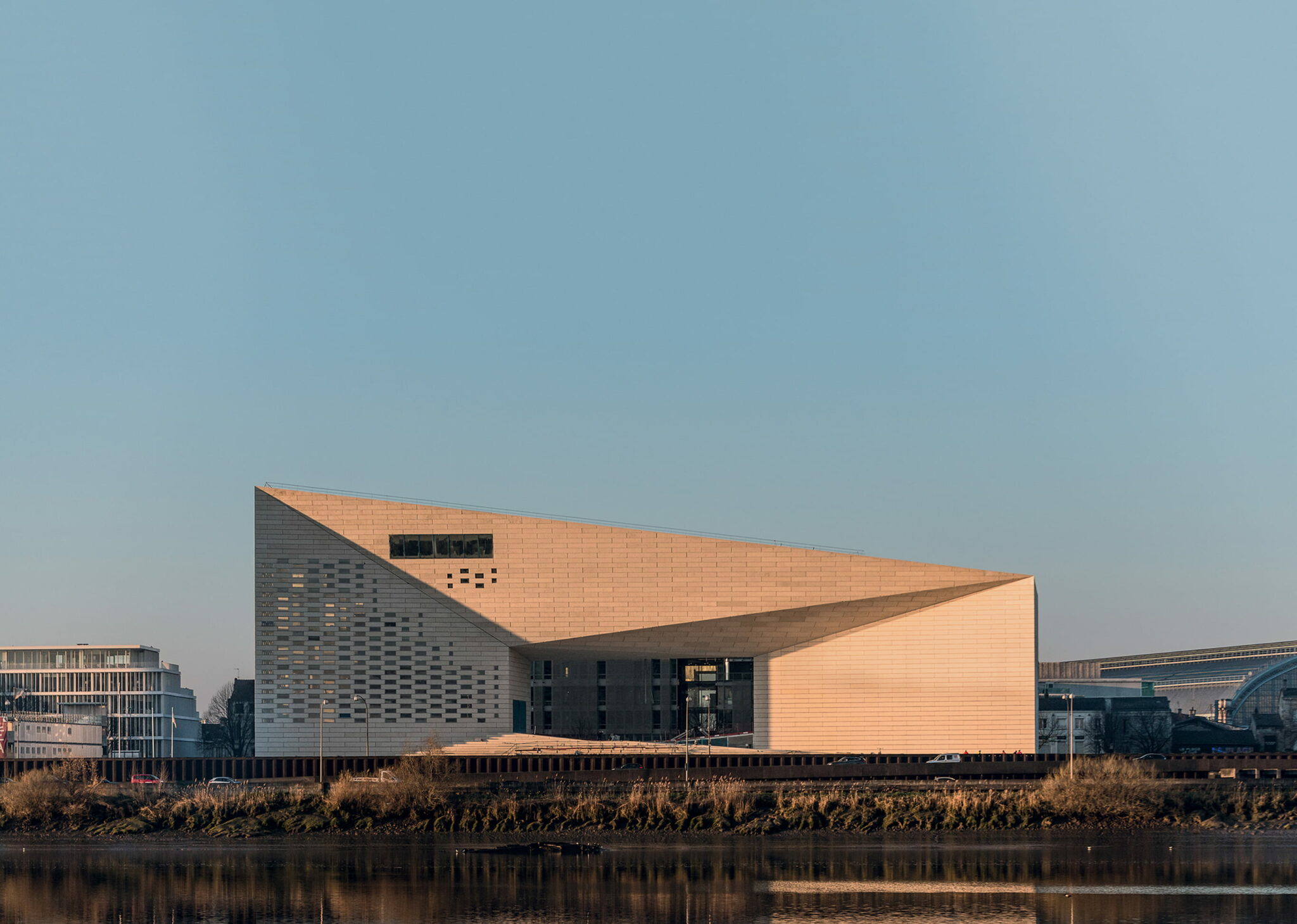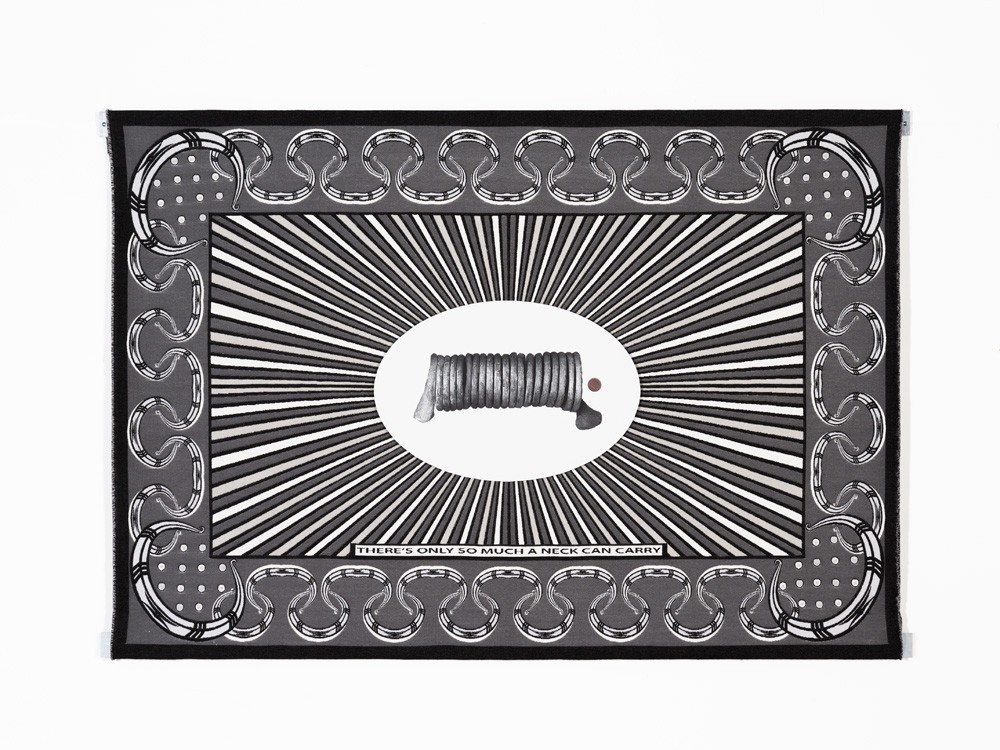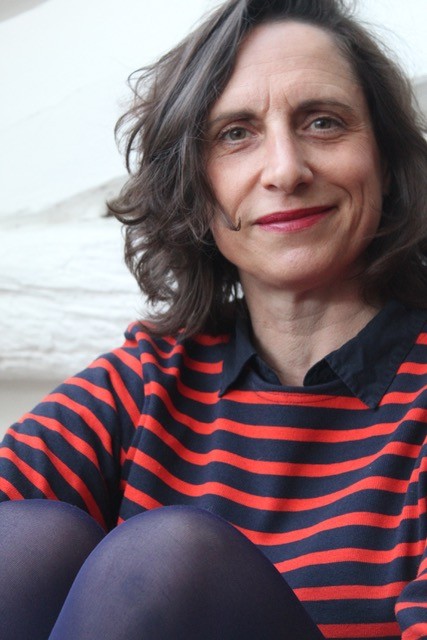
Frac Nouvelle-Aquitaine MÉCA
The Frac Nouvelle-Aquitaine MÉCA is firmly committed to its primary goal of developing a collection of contemporary art. Over the past forty years it has built up a vibrant portfolio, an emblematic legacy of the most varied forms of contemporary artistic expression — painting, sculpture, photography, video, installation – and currently holds over 1,300 works by both well-known artists and talented newcomers. Each year, due to the generous implication of hundreds of partner institutions, 50% of these artworks are made accessible in various locations including multimedia resource centres, schools and heritage sites, in both cities and rural areas.
The Frac’s policy is to work, first and foremost, as closely as possible with artists and their works, through acquisitions, residency programmes and production support. And it is equally attentive to its audiences, targeting schools and higher education establishments, the social sector or those who usually have little contact with art and culture, through innovative (particularly digital) formats including workshops, live events, a digital platform for designing virtual exhibitions, web-documentaries, features on social media and publications.
Since 2019, the Frac has been based at the MÉCA (Nouvelle-Aquitaine’s Creative and cultural economy centre), with new premises extending over nearly 4,600 sq. m. of exhibition space, storage facilities and rooms for experimental activities with artists, professionals and the public. There is also a new way of making the exhibitions at the MÉCA more accessible via a system of socially responsible and participative entrance fee pricing, whereby visitors donate the amount of their choice (minimum 1€).

The Frac Nouvelle-Aquitaine MÉCA collection, which is representative of contemporary art from the past forty years, brings together artistic practices as wide-ranging as painting, drawing, sculpture, photography, installation, video and sound. This body of works was compiled in 1983 from a remarkable photographic collection that ‘re-enacted’ a history of 20th-century photography. In recent years, the collection has gradually expanded to embrace new perspectives, with the acquisition of works by artists from Africa and the Middle East – seldom sufficiently featured in French public collections – and has focused more on women artists.

From ‘preventive measures’ to new measures of openness
The 2021 artistic agenda is underscored by a clear determination to overcome the barriers and numerous upheavals caused by the Covid-19 health crisis and which are still severely affecting the cultural sector. On our own modest scale, but with the agility so characteristic of a structure like the Frac — as evidenced by the tenders launched during the lockdown in April 2020, resulting in the selection and funding of 25 artistic projects – we need to promote with even greater force a unifying and partnership-based project that is mindful of the challenges facing artistic creation, the issues of today’s world, while integrating them into a local process of cultural democratisation. Together with our cultural partners throughout the region, we are looking to ‘lift the lockdown’ as best we can on the collection in our storage facility, operating ‘short distribution channels’ with artists and a network of local players, deploying our efforts around new artistic, educational and grassroots collaborations and productions.
With support from the Nouvelle-Aquitaine Region and French State, the Frac is furthering its commitment to artists, partners and visitors, thereby contributing to the development of the visual arts sector, driven by its energy and unparalleled collection. In 2021, the Frac plans to implement a programme based on new ‘preventive measures’ by focusing on sound values (cooperation, proximity, circular economy, solidarity, sobriety) that are the keys to an enhanced awareness of artworks, of others and of the world. And at the same time allowing creativity to play a central and crucial role in replanting hope.
Claire Jacquet has been director of the Frac Nouvelle-Aquitaine MÉCA since 2007. Previously, she worked at the Centre National de la Photographie, followed by the Jeu de Paume (Paris), as an editorial officer and curator. Claire Jacquet is also an art critic; she co-founded the journal Trouble in 2001 and initiated the collection ‘Fiction à l’œuvre’ (Fiction at Work), where literature and contemporary art meet (since 2009).
Technical acquisition committee
Claire Jacquet
Caroline Hancock
Frédéric Legros
Aurélien Mole
Christine Barthe
Administration
Bernard de Montferrand
Claire Jacquet
Contact
MÉCA
5, Parvis Corto Maltese
33 800 Bordeaux, France
contact@frac-meca.fr
T. +33 (0)5 56 24 71 36